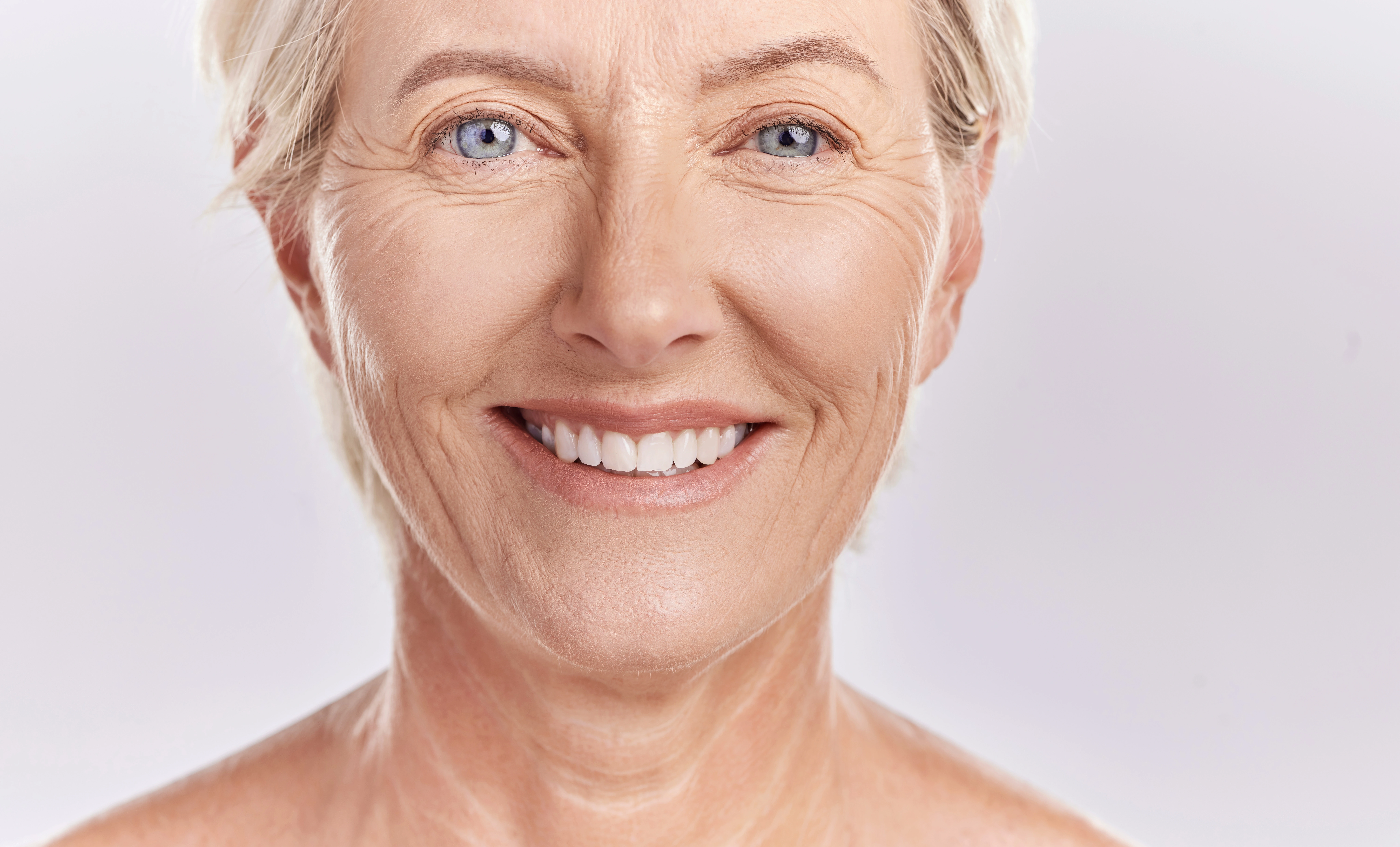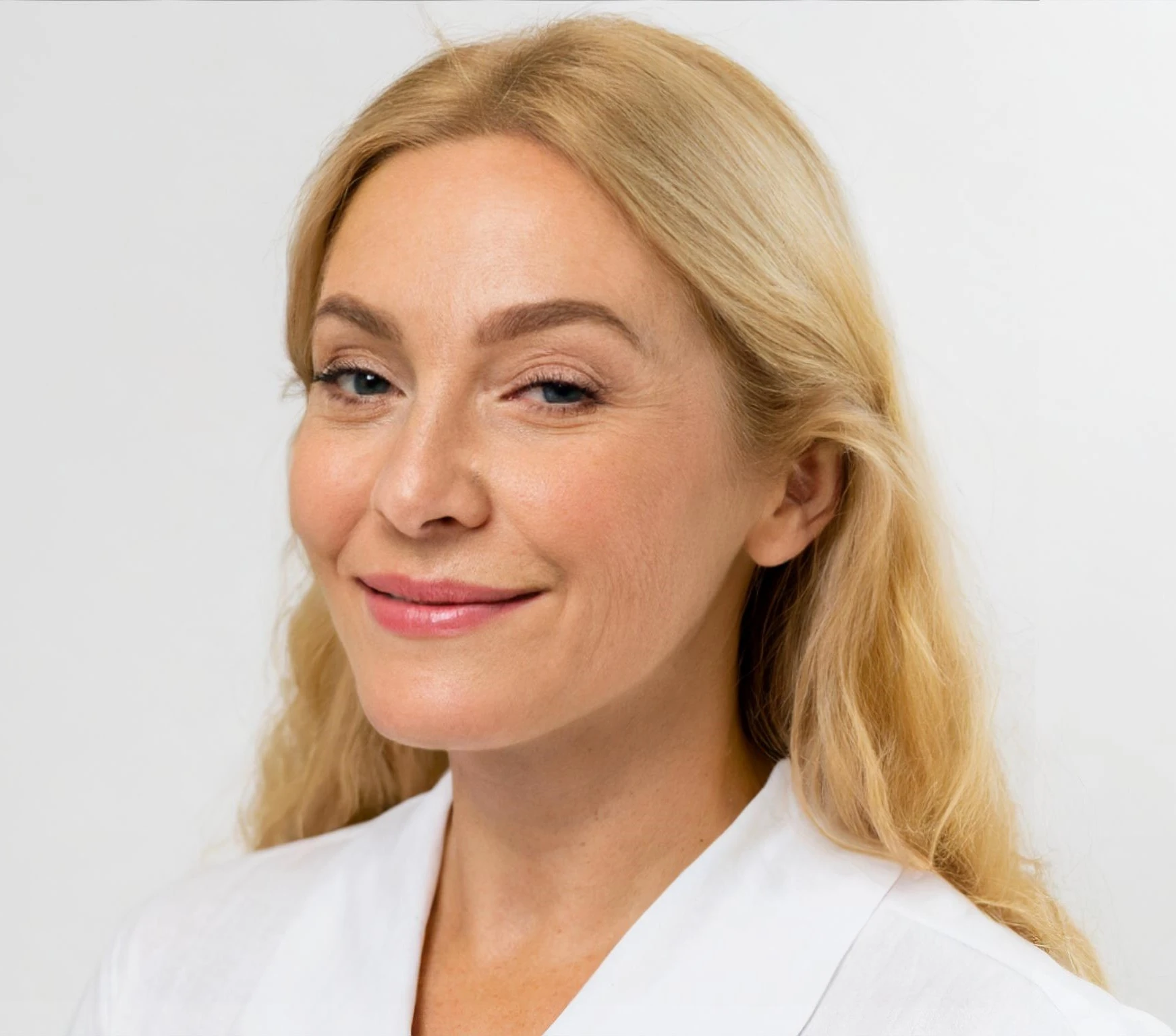
Cause of Sagging Skin
At FCP Dermatology we offer a wide range of surgical and cosmetic Dermatology services, in a 5-star luxury setting.
- +1 (416) 861-8600
- Contact via Email
Sagging Skin
Skin Boosters
Laser Genesis
Sculptra
Signs and Symptom
Prevention and Lifestyle Tips
Non-Surgical Solutions for Sagging Skin
Navigating non-surgical avenues to combat sagging skin introduces an array of transformative options, with Sculptra treatment emerging as a revolutionary choice. Sculptra shines as a collagen-boosting powerhouse, stimulating the skin’s natural regenerative processes for enduring firmness. This injectable treatment introduces poly-L-lactic acid to encourage collagen production, fostering a gradual and natural enhancement. For those seeking non-invasive technology, the Laser Genesis skin tightening laser offers an additional non-surgical alternative, harmonizing seamlessly with Sculptra for a comprehensive approach to sagging skin.
Surgical Options for Sagging Skin

Combining Treatments for Comprehensive Results
Sagging Skin
Recovery and Aftercare
Understanding the recovery and aftercare process is integral after addressing sagging skin in the arms, legs, and buttocks. The typical recovery is minimal, most patients can resume all normal activities right after the Sculptra or Laser Genesis procedure. Post-treatment care and precautions play a pivotal role, requiring individuals to follow prescribed guidelines diligently. This may include gentle skincare routines and massaging the areas that had a Sculptra treatment for a few days. Long-term maintenance becomes an ongoing commitment, emphasizing the importance of continued sun protection and periodic follow-ups with your dermatologist.

Results and Longevity
Embarking on a journey to address sagging skin in the arms, legs, and buttocks prompts a natural curiosity about the timeline of visible results and their lasting impact. The anticipation of visible changes is subjective, with factors like chosen treatments and individual response influencing when outcomes become apparent. Typically, gradual improvements unfold over weeks to months, highlighting the importance of patience. The duration of results is a dynamic aspect influenced by various factors such as the selected interventions, lifestyle choices, and genetics. Sculptra typically lasts 2-4 years, white Laser Genesis can last 1 year. Maintaining results often involves consistent sun protection and adhering to post-treatment recommendations. By managing expectations and incorporating these practices into your routine, individuals can savor the longevity of their sagging skin transformation.
